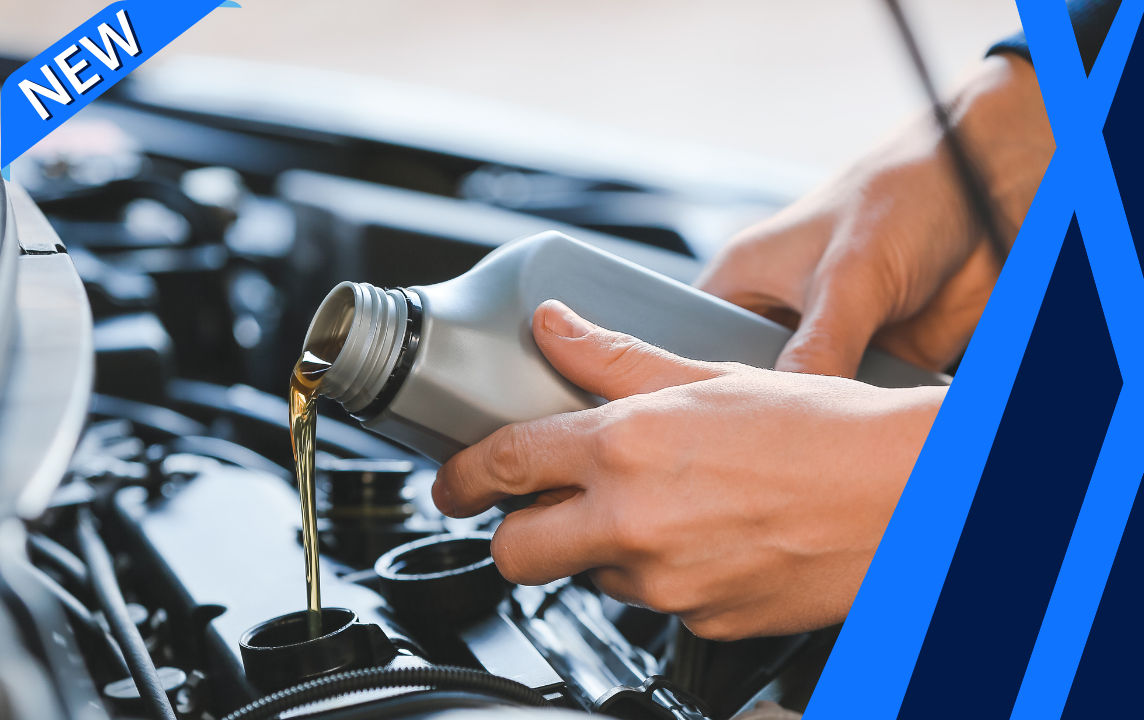Description
HT Cables Replacement
What is the Ignition Cable (Spark plug wires) all about?
The ignition cables, also known as “spark plug wires” are part of the ignition system. They transfer the spark from the distributor or ignition coil to spark plugs that ignite the air-fuel mixture, starting the engine.
Over time, the cables can get weak and break down. This will make it harder for the spark to reach the engine cylinders, resulting in engine misfires. The car may not start at all. If one of the spark plugs has gone bad, the car will still start and run, but it will run poorly.
Keep in mind:
- Ignition cable failure is often caused by other failing pieces in the ignition system; a mechanic should check for any other malfunctioning parts, and replace any parts of the system that don’t work.
- Every time the ignition cables are replaced, the spark plugs should be inspected.
- Leaking oil or coolant can cause ignition wire failure. If this is the case, the cause of the leak should be repaired or replaced, or else the new ignition wires will quickly be damaged as well.
How it’s done:
- Scan the computer system in the car for codes.
- Inspect ignition cables (look for white spots).
- Ohm test on individual cables.
- Remove and replace the cables if found faulty.
- Inspect the spark plugs.
- Clear the codes.
Our recommendation:
Ignition wires should be replaced at least every 90,000 kilometers, but whenever your car is serviced, it’s a good idea to have the entire ignition system inspected. Any time you have spark plugs replaced, it’s a good idea to have the ignition wires replaced. If you notice that your engine is running poorly, you should schedule an inspection.
What common symptoms indicate you may need to replace the Ignition Cable (Spark plug wires)?
- Check Engine light is on.
- Engine misfires.
- Poor gas mileage.
- Engine may shake (light vibration).
How important is this service?
A spark ignites the fuel in your automobile. This starts with the ignition coil, which transforms low voltage power into extremely high voltage. This high voltage is transferred through the ignition cables, and to the spark plug, where a spark is created that ignites the engine’s fuel, and powers the engine.
When one or more ignition cables fail, this voltage will not be transferred from the ignition coil to the spark plugs, and the fuel will not be ignited. Depending on how many of your ignition cables malfunction, your car will either run poorly, or won’t run at all.




